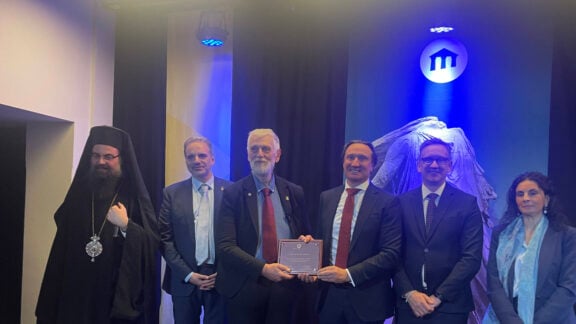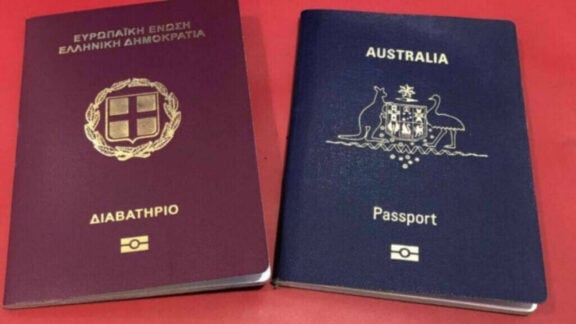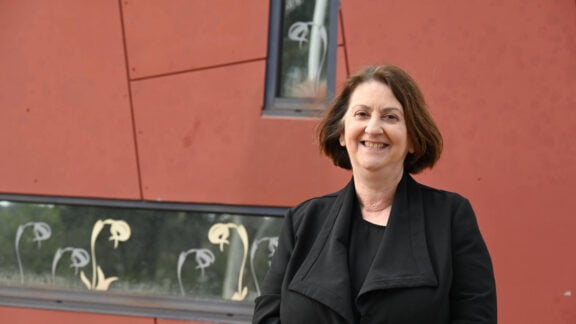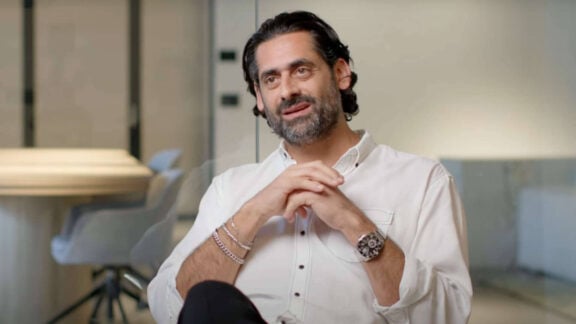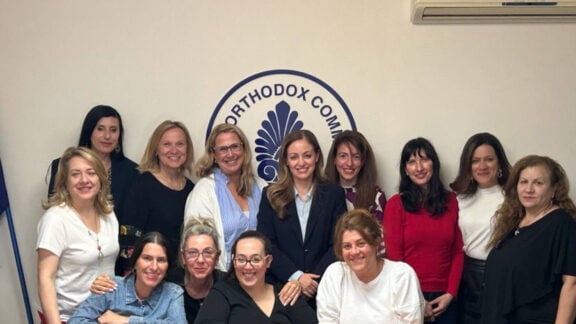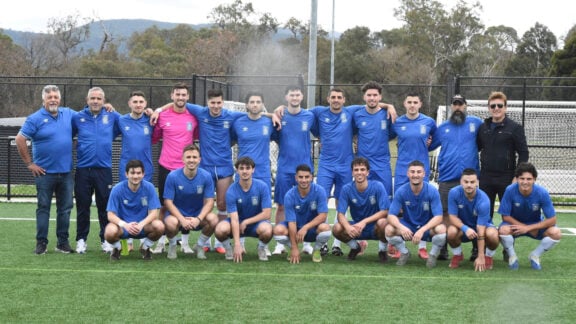Following a number of high-profile departures within the senior ranks of SBS, questions are being asked as to whether the broadcaster is breaking away from the terms of its charter, which stipulates that its “principal function … is to provide multilingual and multicultural radio, television and digital media services that inform, educate and entertain all Australians and, in doing so, reflect Australia’s multicultural society”.
This week the Australian Business Review reported that a number of former executives and competitors believe the broadcaster has moved dramatically away from its founding philosophy and has done so without any real scrutiny.
As a hybrid commercial-public broadcaster, SBS faces a dilemma; finding an acceptable balance between meeting its charter responsibilities and advertisers’ demands for high audience-ratings.
The current SBS One schedule is dominated by English-language programming, primarily British documentaries, factual and food shows, supplemented by US dramas, with a majority of SBS Two’s output dominated by bought-in US comedies and dramas.
This week’s programming is case in point, with three foreign-language movies (Italian, Danish and French) airing after prime time, and only the Dutch drama Holland’s Hope and Chinese dating show If You Are The One in the 6.00 pm-midnight slot. All the foreign-language output is airing on SBS Two.
Defending the broadcaster’s record, a spokeswoman for SBS said: “The proportion of English and LOTE (language other than English) programming on SBS One and SBS Two is largely consistent this year with previous years.”
The spokeswoman added that 90 per cent of the 600 movies available through SBS On Demand were in languages other than English.
SBS shows that have attracted some of the largest audiences over the past year are the Australian offshoot of Who Do You Think You Are? and the factual series Struggle Street.
Earlier this year SBS director of news and current affairs, Jim Carroll, was accused of “whitewashing” SBS’s newsroom staff; of 11 new hires under the ex-commercial television executive, eight came from commercial networks and only two were from non-English backgrounds.
The trends witnessed today are in stark contrast to previous innovative programming strategies that delivered more directly on charter responsibilities.
In 2010, SBS embarked on Mandarin News Australia – an online and television news program. Young bilingual staff sought stories from the Chinese community and broadcast in Mandarin with English subtitles. The program was a template for others that were to follow in more widely spoken languages but was axed in 2012.
Source: Australian Business Review, The Conversation



